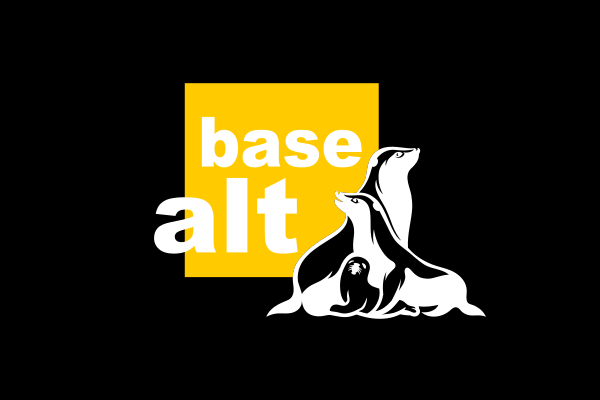Linux Kernel 6.16 has been released. While the release process was, in the developers’ words, “uneventful” in the best possible sense, significant improvements lie beneath the surface, bringing progress in areas such as security, performance, and system management. Meanwhile, development of the upcoming 6.17 version has started in a more chaotic manner than usual—highlighting the human side of one of the world’s most important open-source projects.
Announced by Linus Torvalds, the “father” of Linux, Kernel 6.16 is a stable and mature release. Its final development week passed quietly, without major surprises. This calm end allowed the release to proceed according to the planned schedule, without requiring an eighth release candidate (RC8). Distributions such as Arch Linux and openSUSE Tumbleweed will soon make it available to users, while other systems—like the upcoming Ubuntu 25.10—will already be based on version 6.17. However, due to the cumulative nature of kernel development, the improvements in version 6.16 will eventually reach all users.
Improvements Under the Hood
The most significant enhancements in Linux 6.16 affect networking, security, and filesystems. A key performance boost comes from the introduction of the OpenVPN DCO (Data Channel Offload) driver, which moves the core handling of VPN traffic from userspace into the kernel, eliminating a long-standing bottleneck.
Another performance-related advancement is the TCP protocol’s new “zero-copy” capability, which enables data to be transmitted without redundant copying—especially beneficial for high-throughput tasks like GPU-based network data transfers.
A notable technological leap is the general support for five-level paging, which theoretically allows addressing up to 128 petabytes of memory. While such capacity is far beyond what today’s desktop systems require, it represents a vital step forward for memory-hungry workloads in fields like artificial intelligence and machine learning.
As background: modern systems manage extremely large memory address spaces (on the scale of terabytes). If every address had to be mapped in a single-level page table, the table itself would be unmanageably large. To solve this, paging is divided into multiple levels:
-
2 levels: Used in older, simpler systems
-
4 levels: Standard for modern 64-bit systems
-
5 levels: Enables support for extremely large memory spaces (this is what’s new in this kernel)
On the security front, support for Intel Trust Domain Extensions (TDX) stands out. TDX enables hardware-level memory encryption for virtual machines, isolating them even from a potentially compromised host system. Additionally, improved handling of hardware-protected encryption keys further increases resistance to attacks.
The default filesystem for most users, Ext4, has seen a significant performance gain—up to 37% in some cases—thanks to support for large folios. This boost is particularly noticeable during operations involving large files. Additionally, the XFS filesystem now supports atomic write operations, improving data integrity, while the FUSE subsystem benefits from increased buffer sizes, accelerating general directory handling.
Hardware support has also advanced in several areas. The kernel now supports the USB-C version of the Apple Magic Mouse 2; sleep and wake functionality has been improved on the ASUS ROG Ally handheld console; and on ThinkPad laptops, users can now control the camera lens cover via a hotkey.
One especially interesting new feature is support for offloading USB audio devices, allowing music playback to continue even when the rest of the system enters sleep mode. This feature—which took over two years and more than thirty patch series to complete—can result in significant energy savings for battery-powered devices.
Looking Ahead to Kernel 6.17
While version 6.16 provides a strong and stable foundation, the developer community’s focus has already shifted to the upcoming 6.17 release. Its development, however, began in an unusual way: Linus Torvalds announced ahead of time that he would be traveling frequently in August between the United States and Finland due to family events—a wedding and a milestone birthday.
This period coincides exactly with the two-week merge window, during which the kernel’s major new features are incorporated. To stay on top of things, Torvalds opted to front-load the workload into the first week, before his travels. In response, the most active developers submitted over fifty merge requests even before the official start of the development cycle.
Torvalds made it clear, however, that the unusual schedule does not imply relaxed deadlines. On the contrary, he warned that he may be even stricter with late submissions to prevent additional complications.
It’s possible that the first release candidate (RC1) for version 6.17 will be delayed by a few days compared to the usual two-week schedule, but Torvalds reassured everyone that there is no reason for concern. This situation is a clear reminder that even the development of software that runs the world is driven by real people, whose personal lives occasionally intersect with their work.
Nevertheless, the flexibility of the Linux development model and the strong organization of its community ensure that progress continues smoothly—even under less-than-ideal conditions. Version 6.16 stands as a solid, reliable release, while 6.17 is already on the horizon, ready to open a new chapter in the history of the Linux kernel.



























